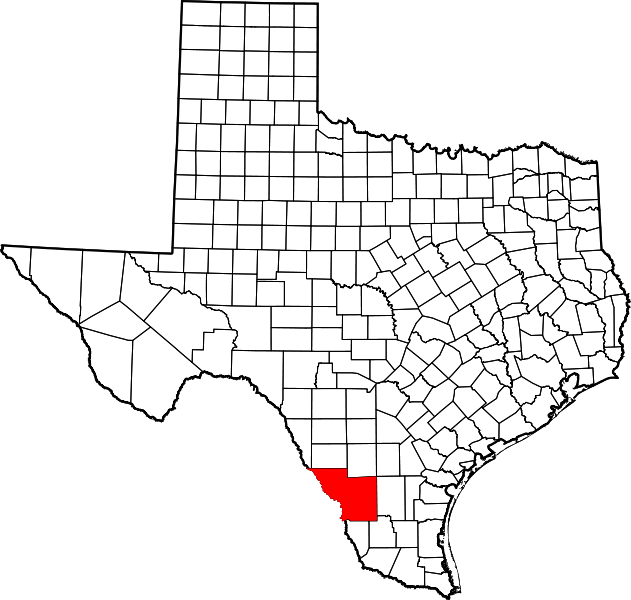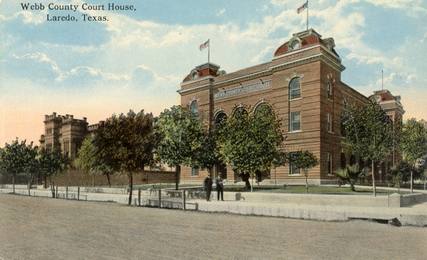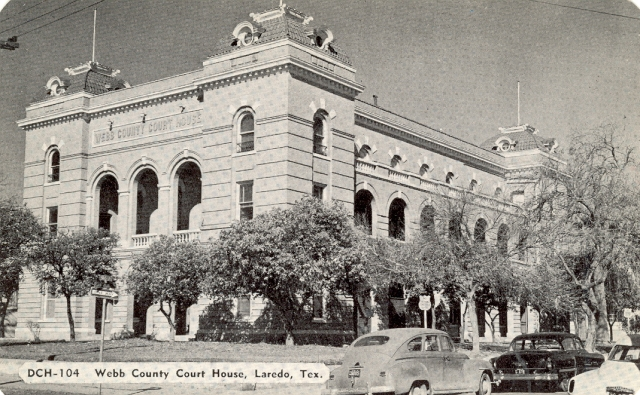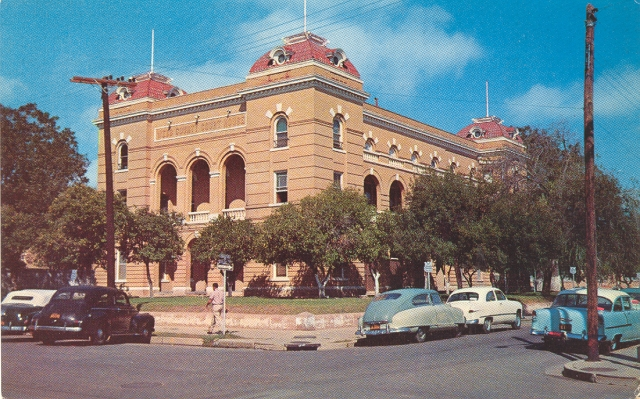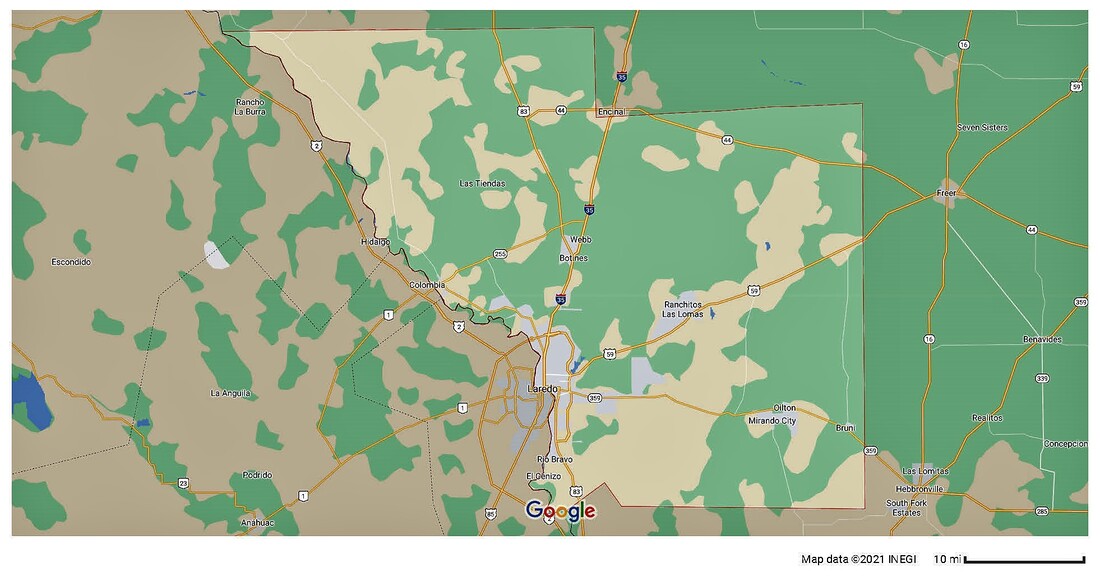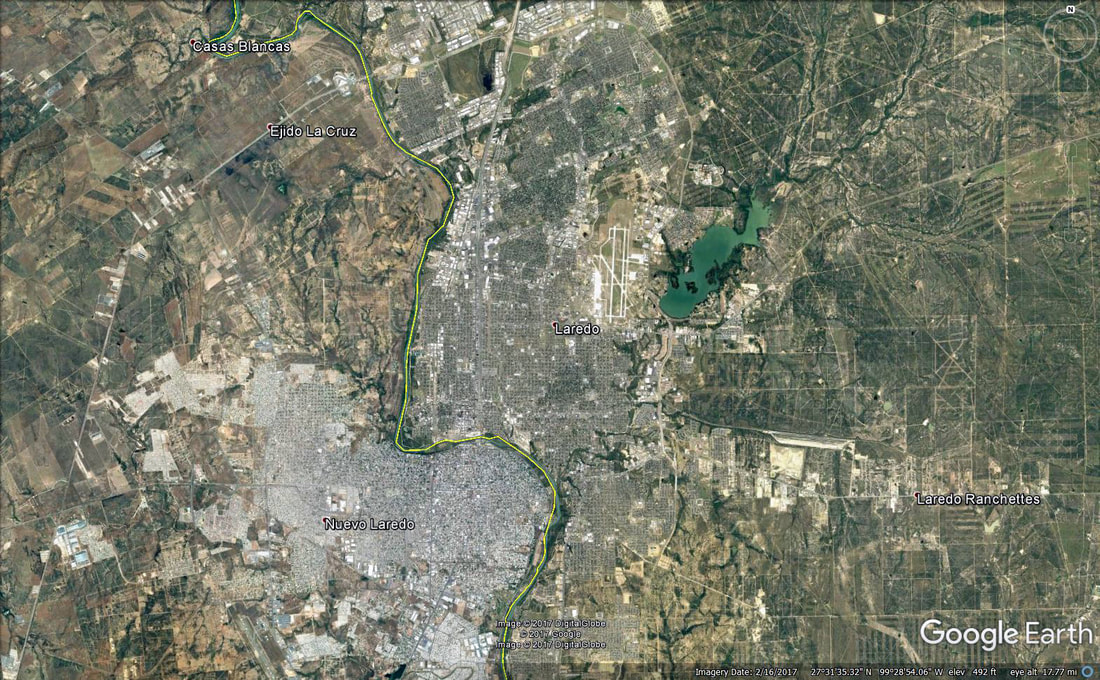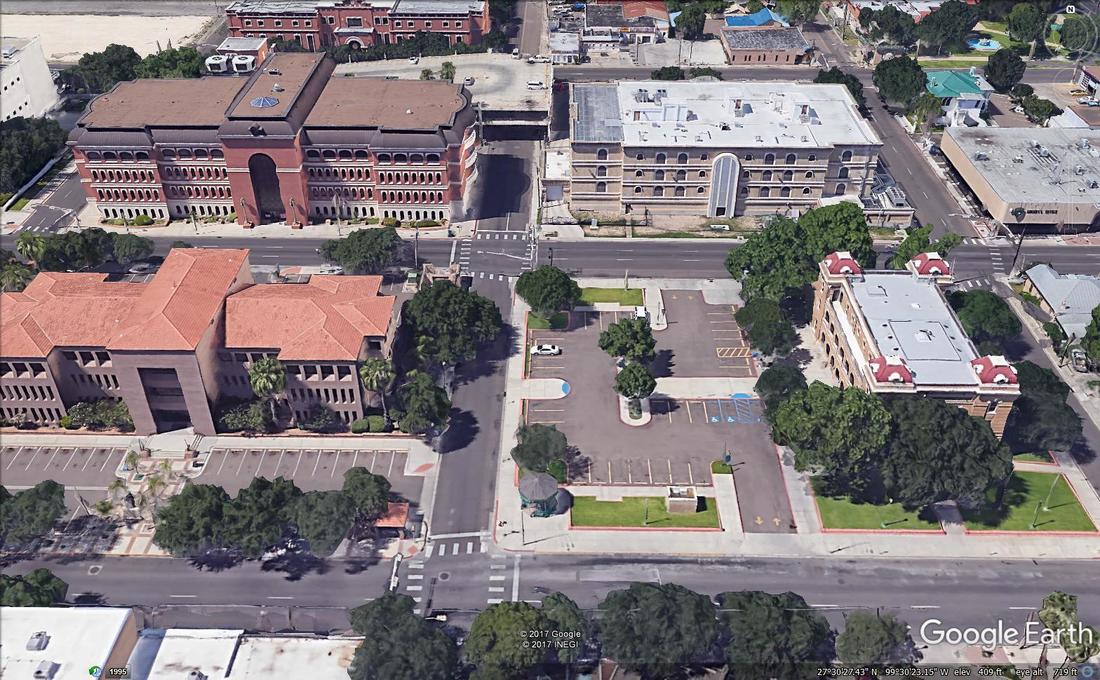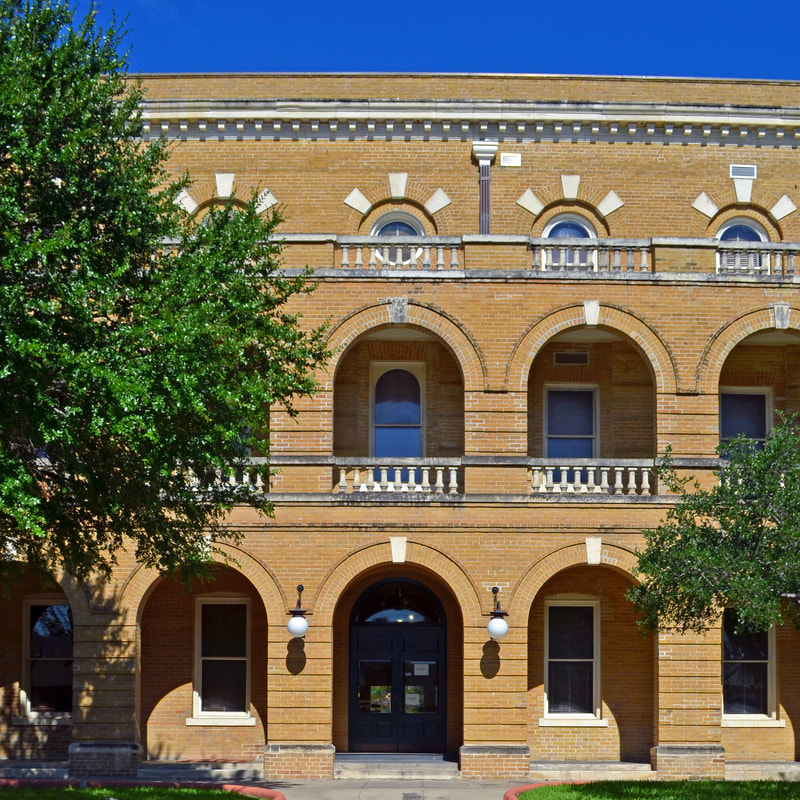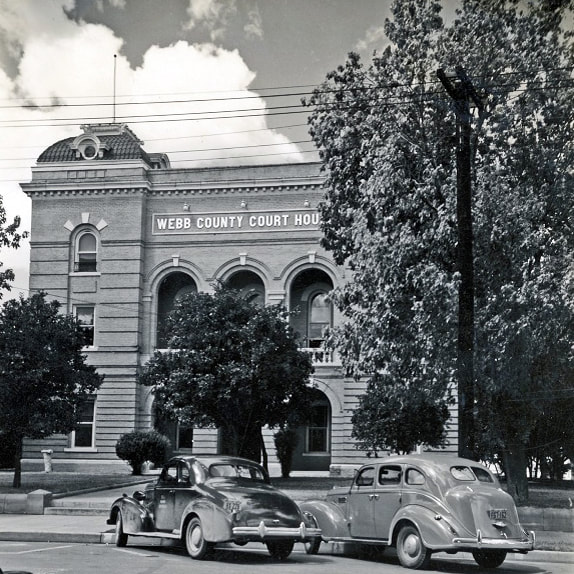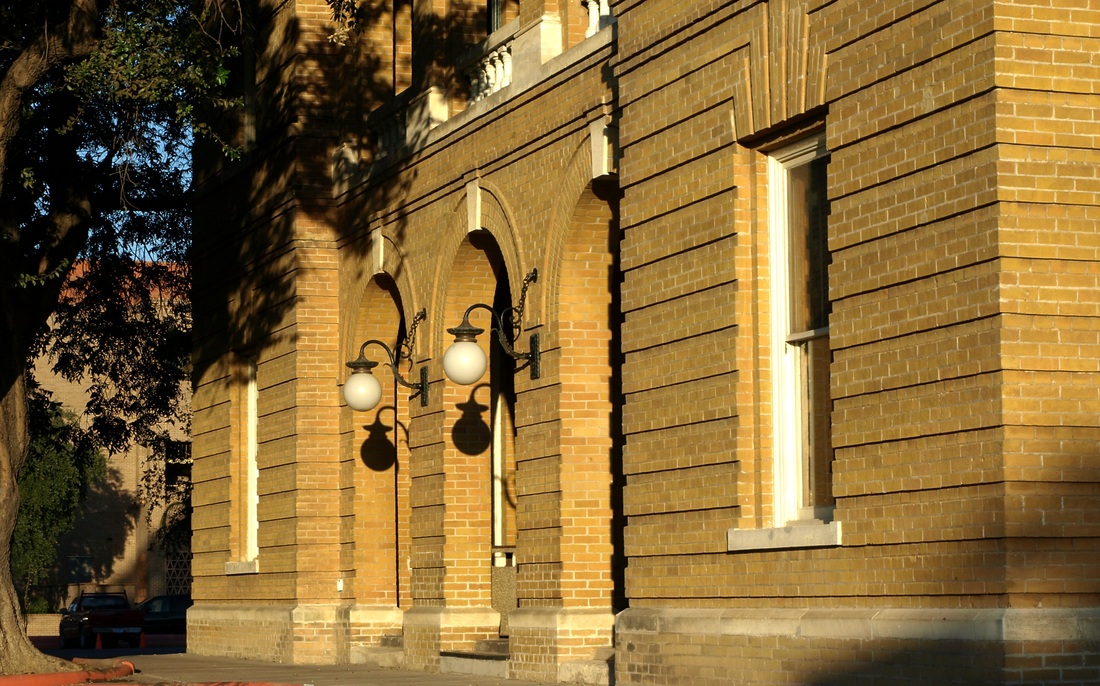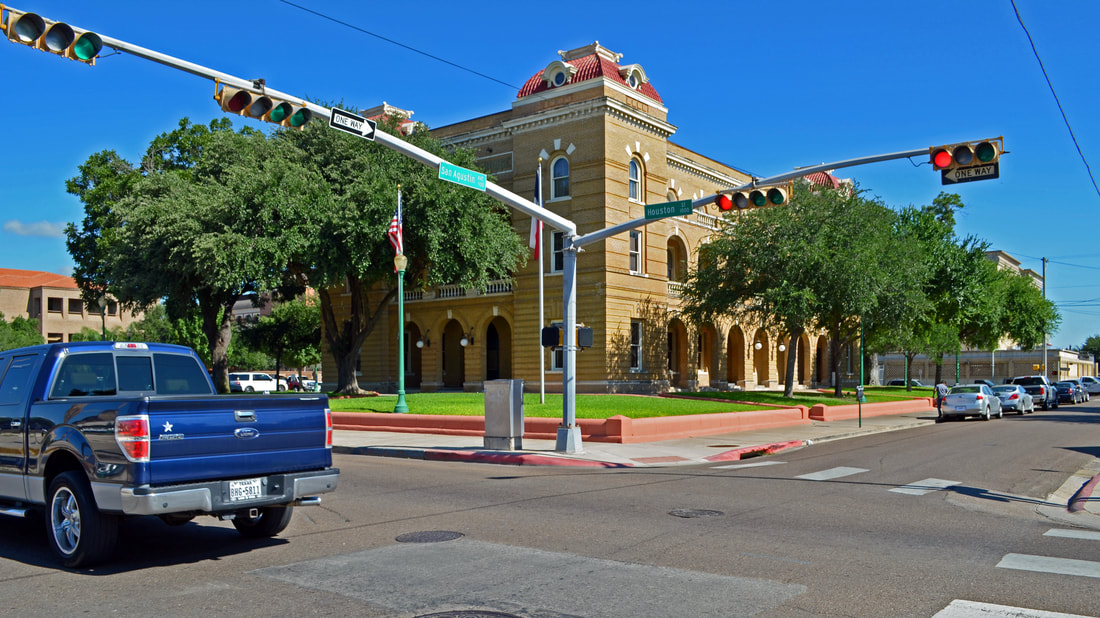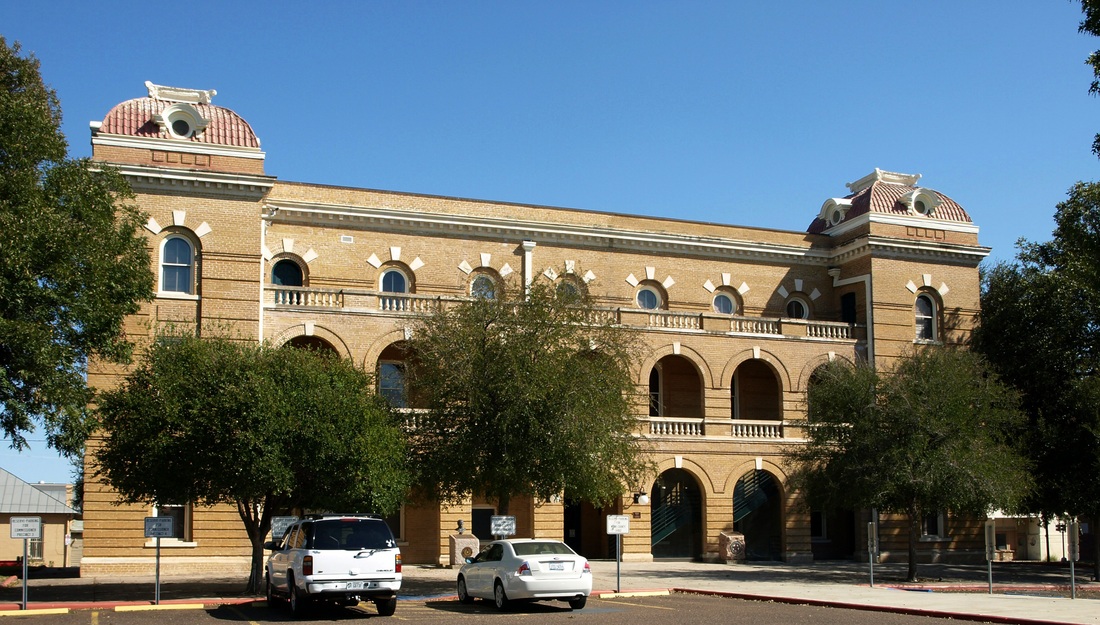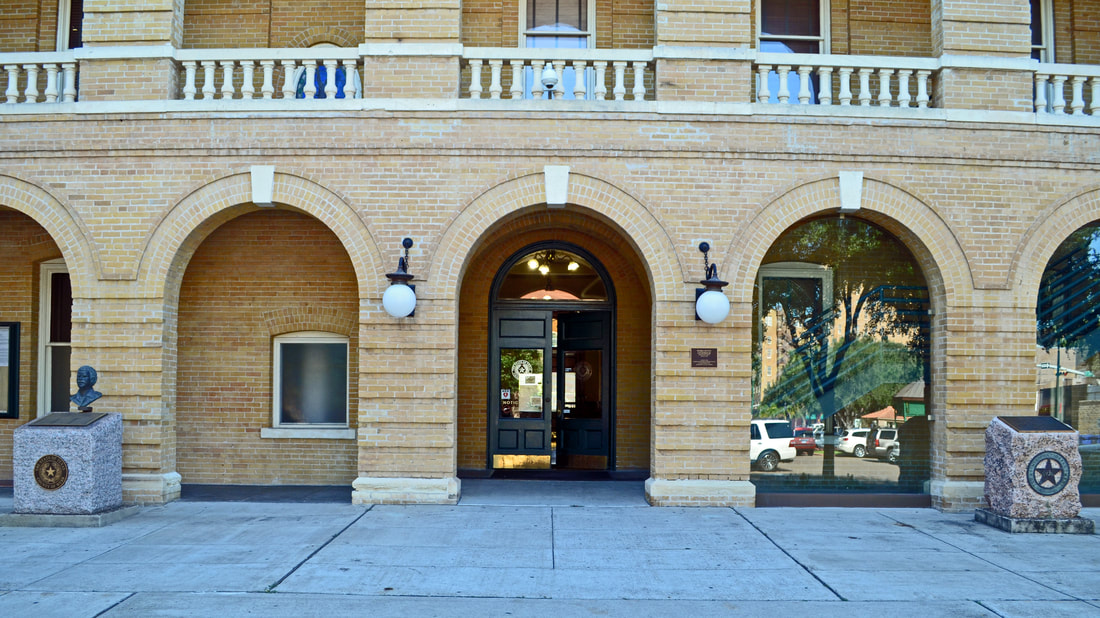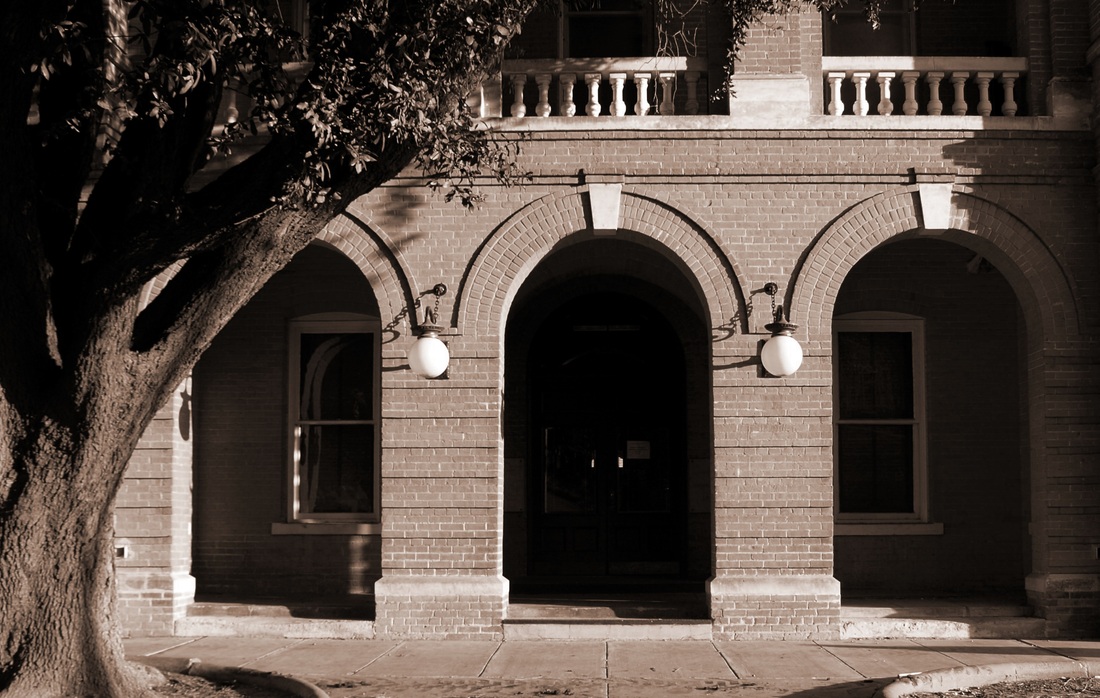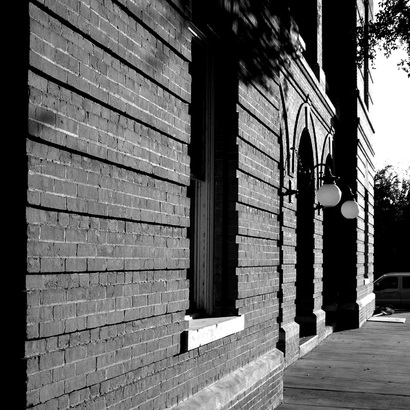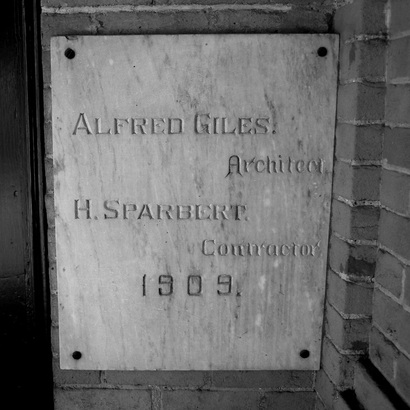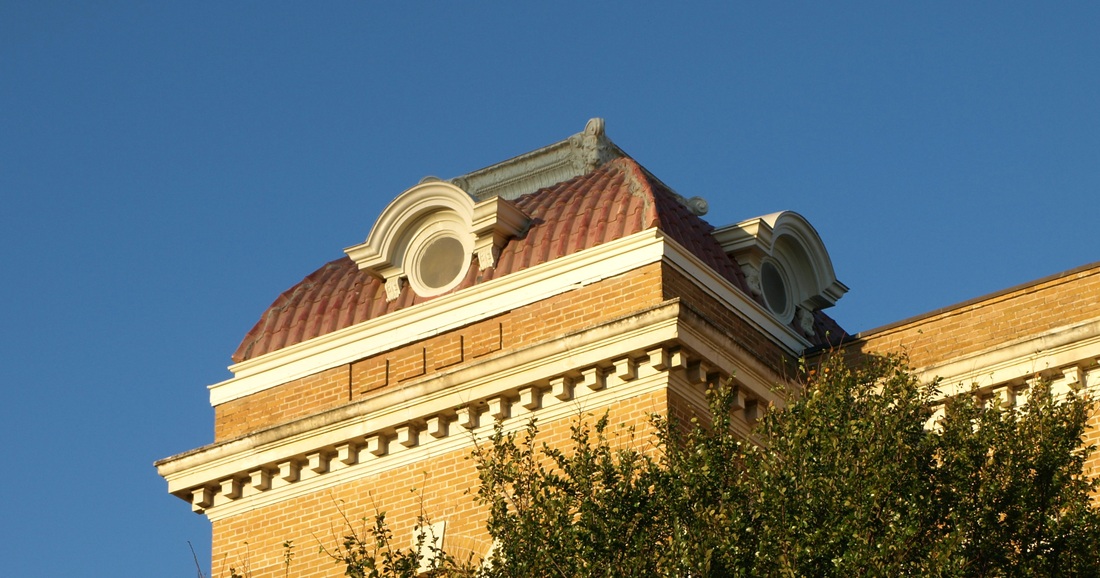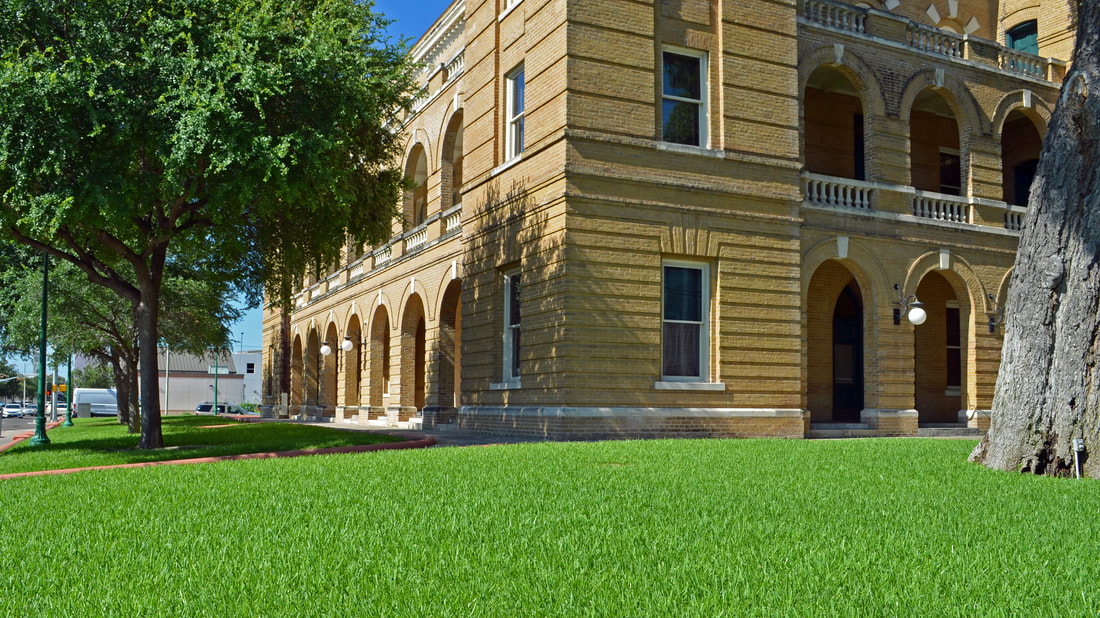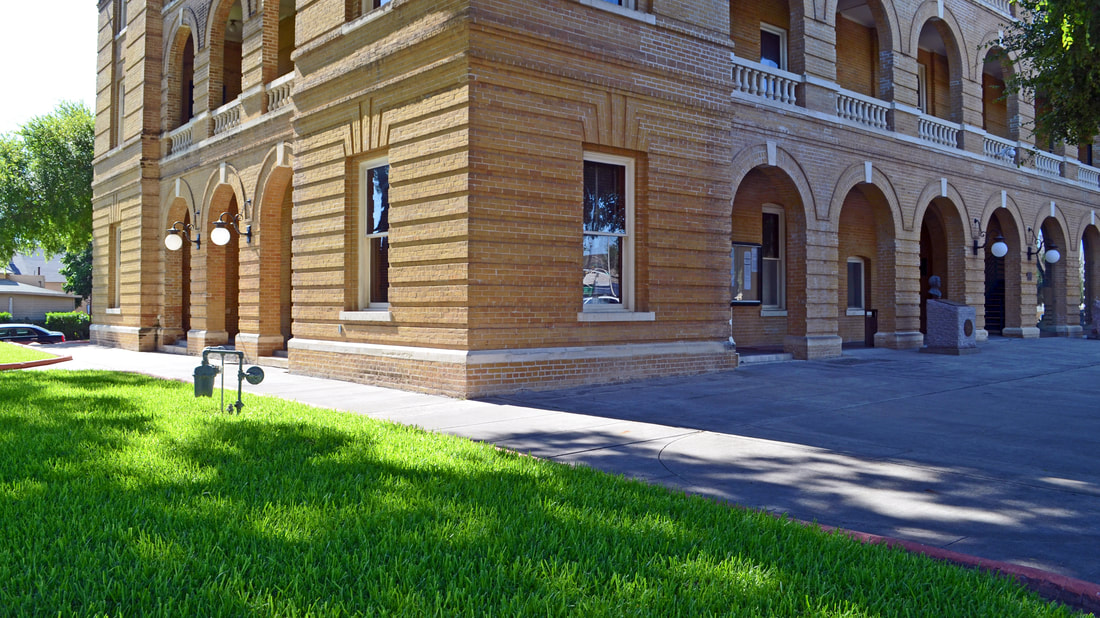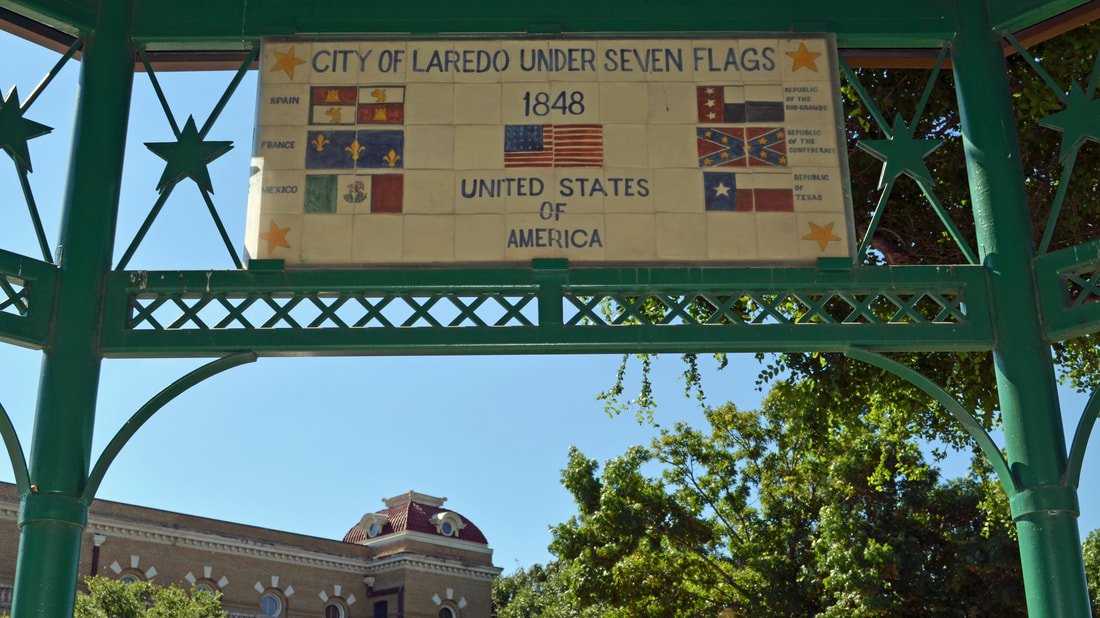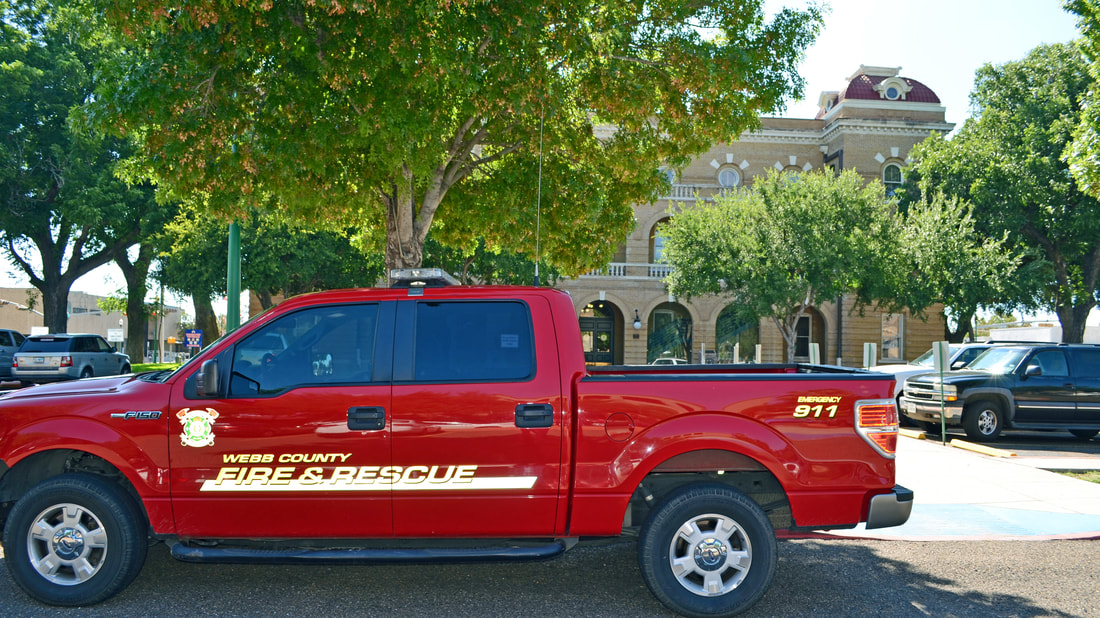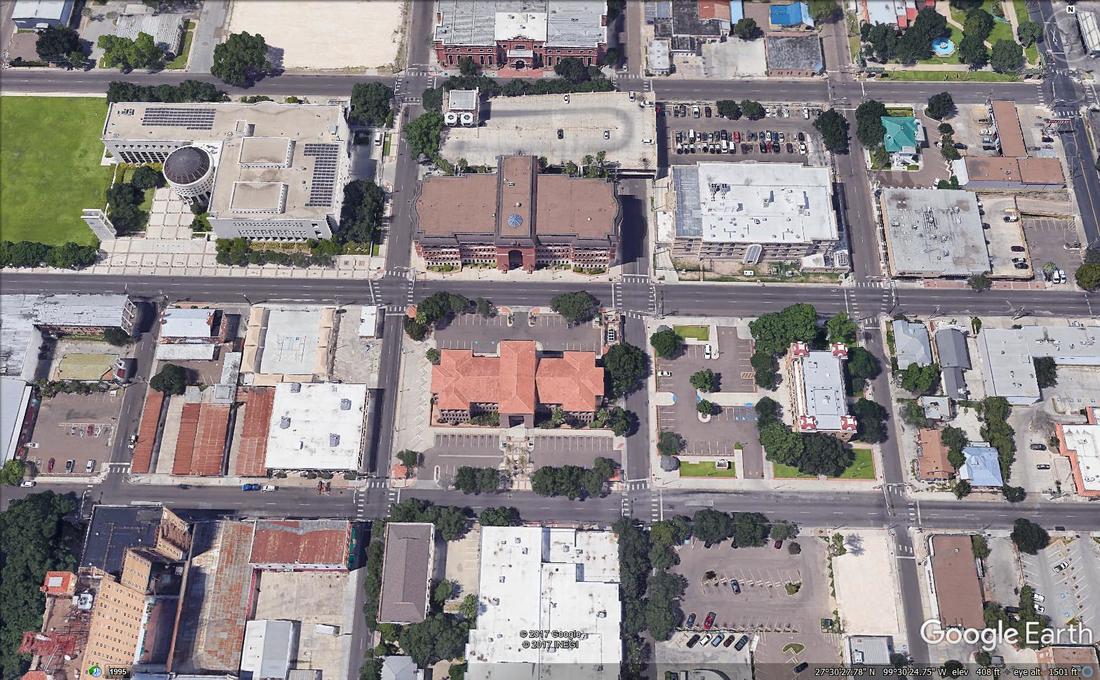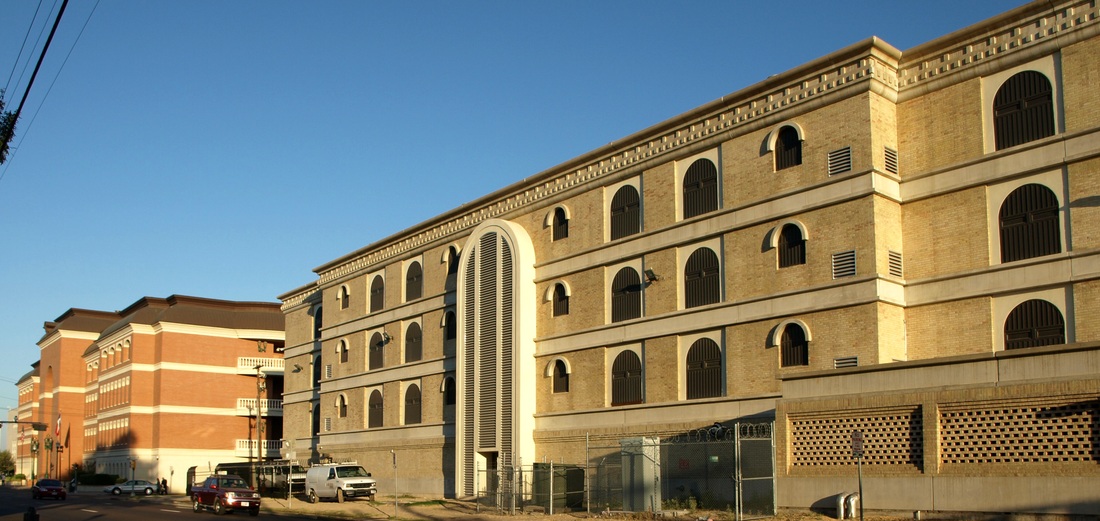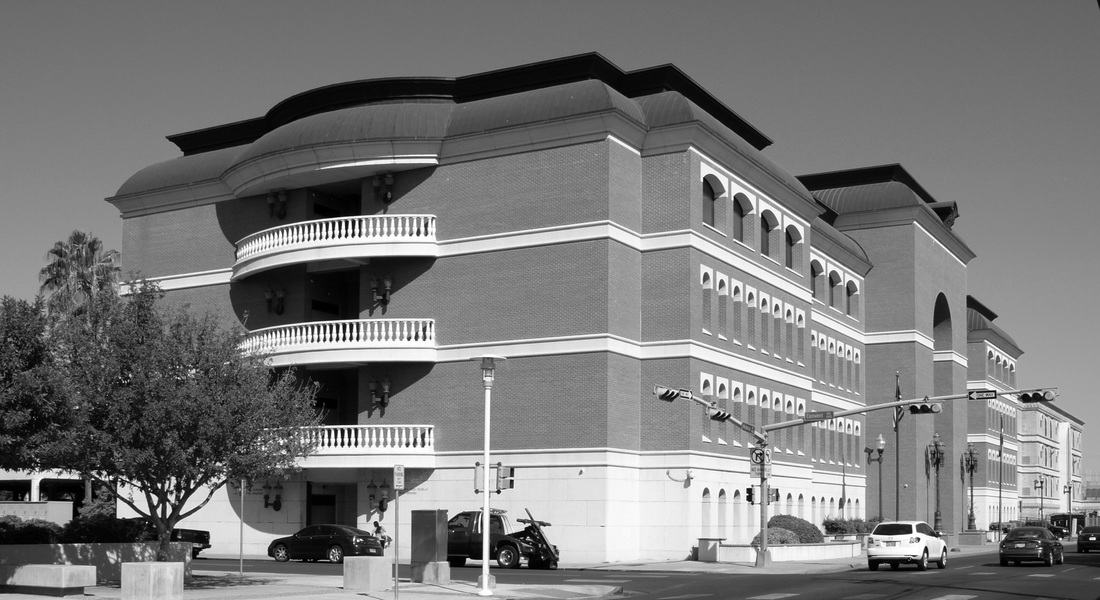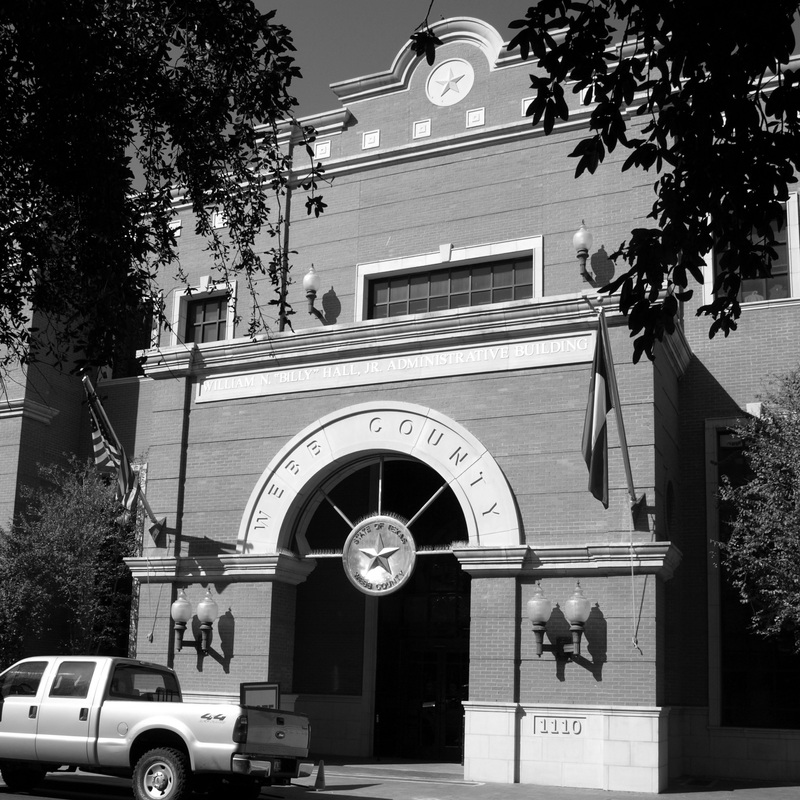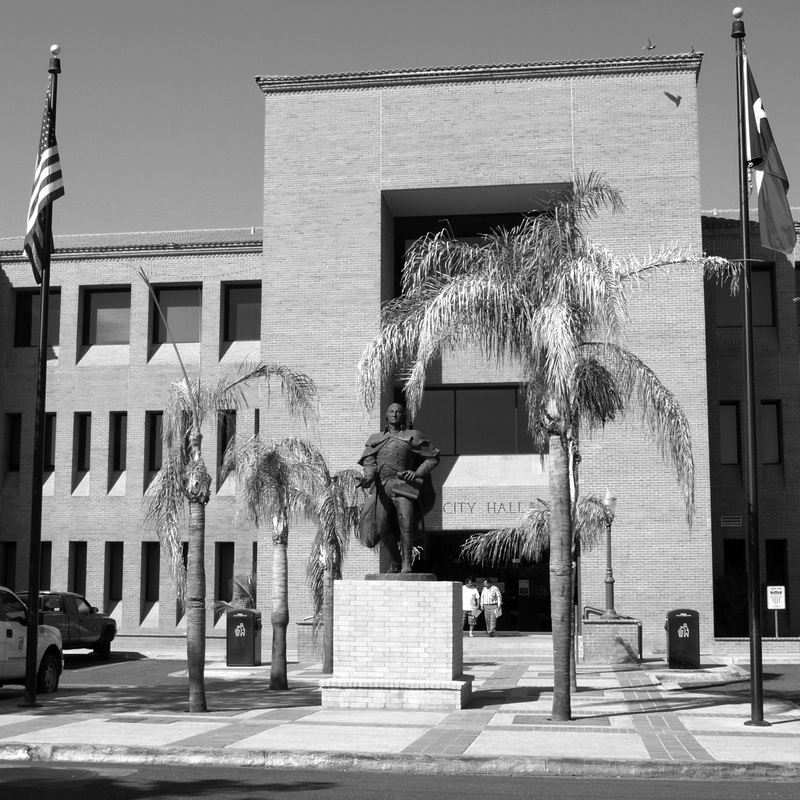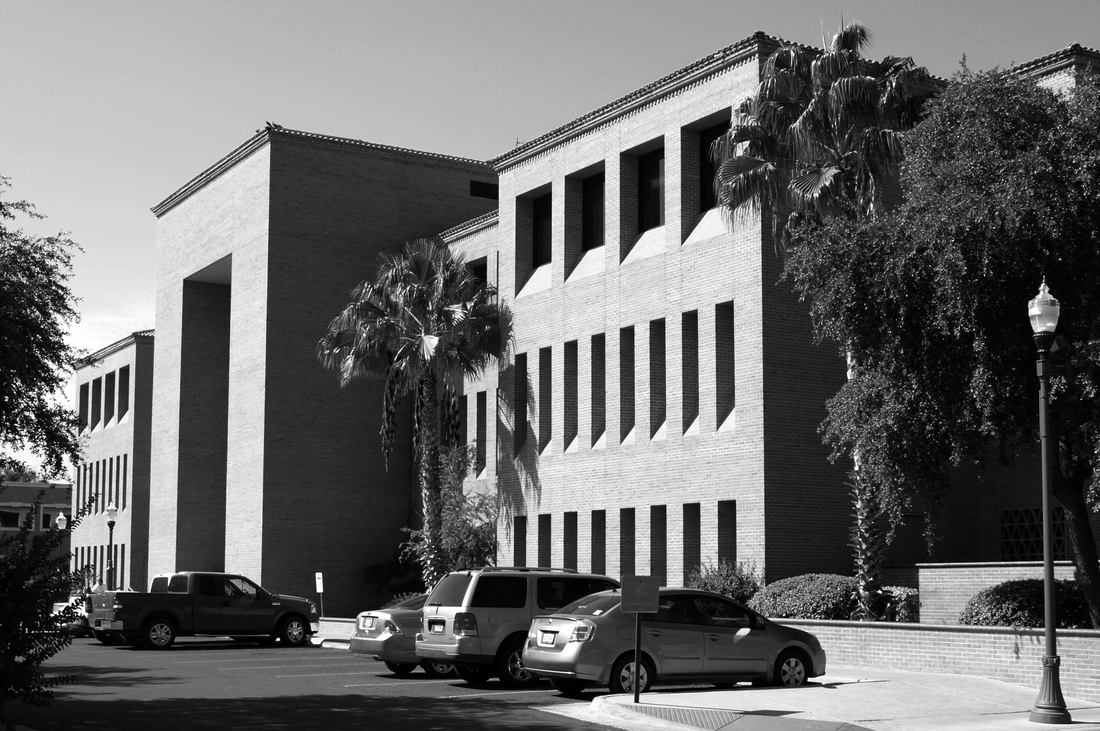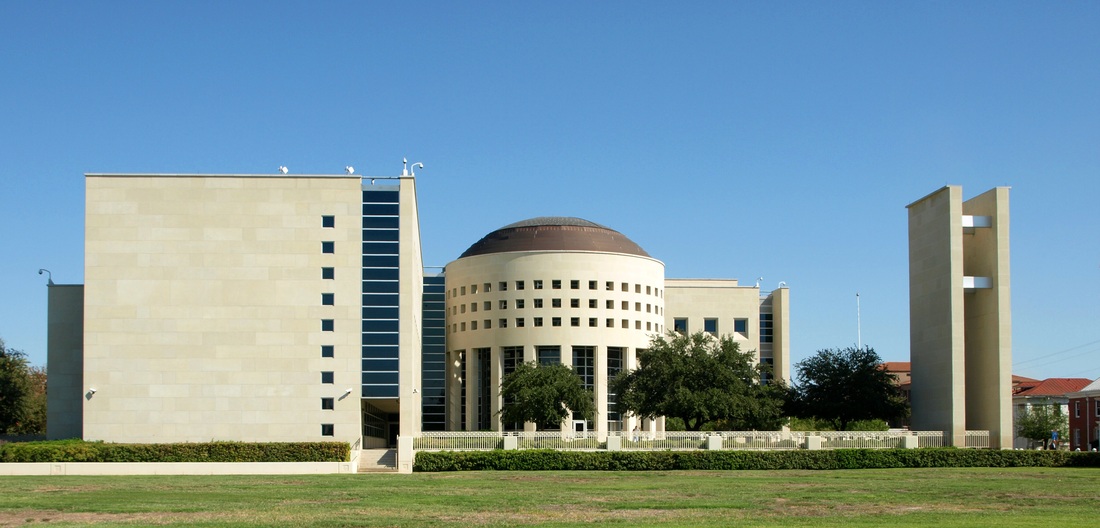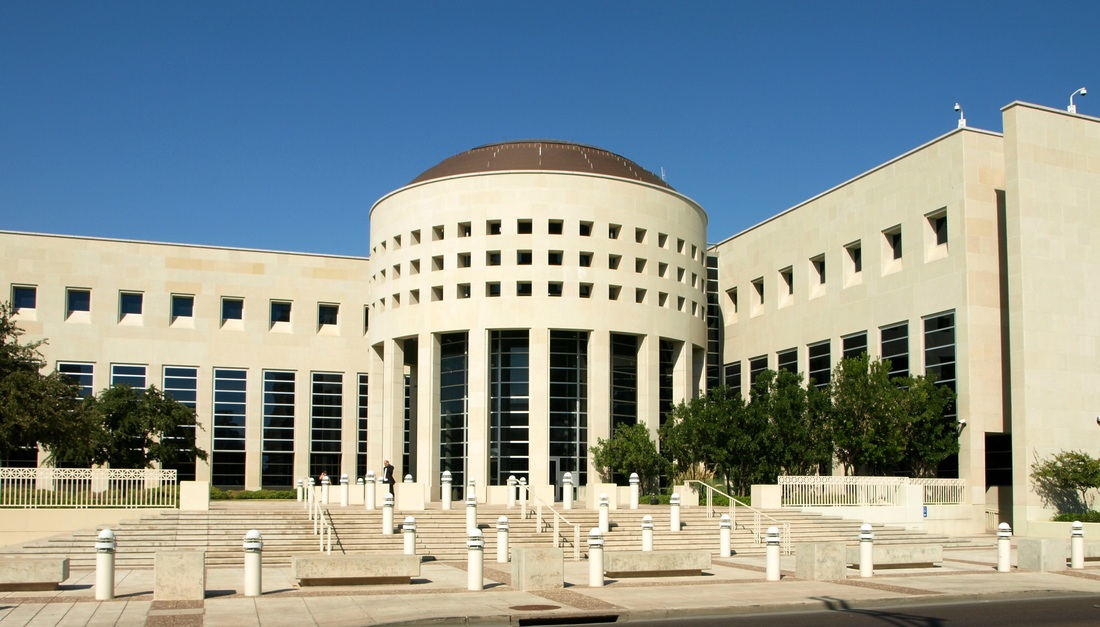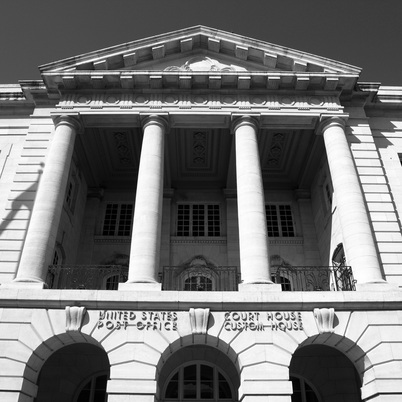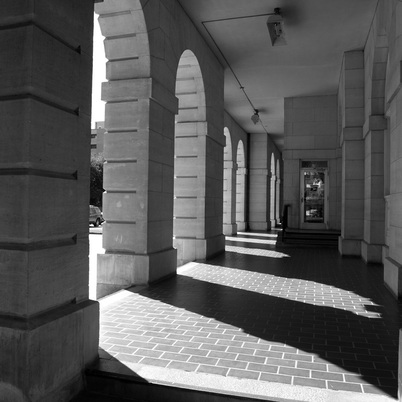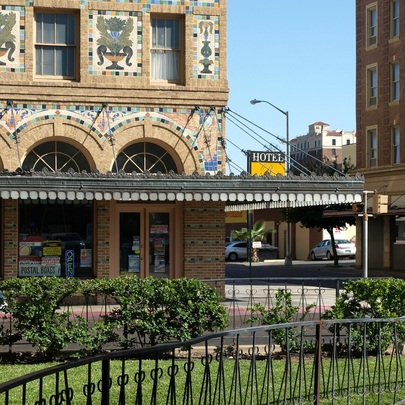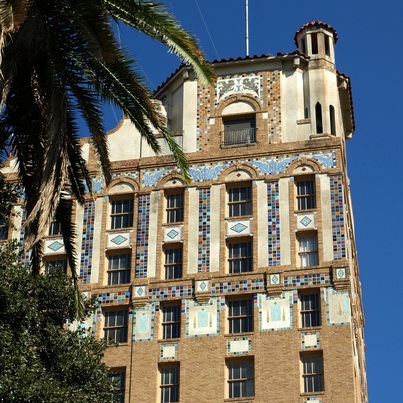127 of 254: Webb County Courthouse, Laredo, Texas. County Population: 274,847
Webb County Courthouse 1909"The Webb County Courthouse, designed by the noted Texas architect, Alfred Giles, represents one of the finest examples of Mr. Giles' remarkable ability to handle successfully a variety of new styles rather late in his pro-fessional career. The distinctive architectural style of the courthouse presents a combination of Mr. Giles' earlier, more ornate efforts, with his relatively modish later works after the turn of the century.
"When prosperity came to central Texas in the last quarter of the nineteenth century, it stimulated a demand for fine homes and government buildings in the region. Competition for the design and construction of County courthouses during this period became keen. When the Webb County Commissioner's Court determined to erect the new courthouse on Houston Street in Laredo, the county placed advertisements in selected area newspapers announcing a contest for the best architectural design. Alfred Giles entered and won this statewide competition on February 27, 1907." From the National Register narrative |
"By the mid-eighteenth century a trail through the area was used by Spaniards traveling from Monterrey to San Antonio; ... In 1755, under the direction and guidance of José de Escandón, a settlement was established near the Jacinto ford by Tomás Sánchez de la Barrera y Garza. The settlement, named Laredo, was actually little more than a ranch in its first years of existence, but it flourished under the leadership of Sánchez.
"Preoccupied with their own problems, and content for the moment to remain within the Republic of Mexico, the people of Laredo and the surrounding area played only a small role in the Texas Revolution. "Between 1836 and 1848 the area that is now Webb County was part of the disputed strip of land between the Rio Grande and the Nueces River claimed by both Mexico and Texas. Though Laredo was briefly designated capital of the short-lived Republic of the Rio Grande during a federalist rebellion led by Antonio Canales, residents remained primarily loyal to the Republic of Mexico. "in January 1848 the Texas legislature established Webb County, which was named in honor of Judge James Webb. Despite the hopes of pro-minent Laredo citizens, who petitioned to remain part of Mexico, the area was formally incorporated into the United States in May 1848." John Leffler and Christopher Long, "WEBB COUNTY," Handbook of Texas Online I visited Webb County and photographed the courthouse in Laredo on Thursday, October 27, 2011 and Tuesday, June 6, 2017.
|
"As constructed, the exterior of the courthouse presents a unified facade from all viewpoints and is composed of variations of the theme of the monumental arcade of the front elevation. These arcades also serve to protect portions of the exterior walls from the elements. The architect, Alfred Giles, used axial and terminal accents as evidenced by the mansard-roofed terminal pavilions which serve as distinguishing features of the structure. Each pavilion features stone-carved rams head accents on the corners of the mansard curbs. Another characteristic of the courthouse is an overall massing of elements in symmetrical fashion. Roof-lines of the building are considered quite modish for that period (1909) and include a variety of dormer windows which serve to break the broad areas of the roof surface. Original plans for the building specify a colorful structure of yellow brick with dressings of white stone and red tile mansard roofs. Pecan and Citrus trees were planted around the Courthouse as part of the lawn and were designed to shade exterior walls of the building and provide a cool, shady area for the enjoyment of city and county residents." From the National Register narrative
